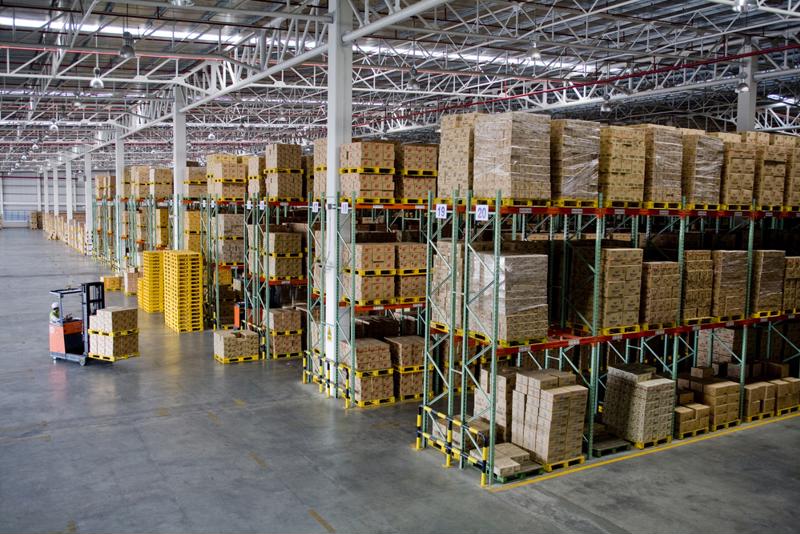Each week, we will go into details on how to address project
and change management now to create a resilient and robust organization for
tomorrow.
If you missed last week’s blog on Employee Training,
you can check it out here.
This week, we will look at the 6th and final way a
company can use downtime to impact the greater good of the organization and
position themselves to be a better, stronger company when the work picks back
up.
Optimize, Organize, and
Design
When companies expand over
time, it’s easy to just add on piecemeal to handle that growth. Those
adjustments may work in the moment but as growth continues and operations begin
to change or shift, how many times are those added processes and procedures
revisited? An organization may not want to look at ways to become more
efficient or effective because what they have in place still works. Those
companies are in jeopardy of quickly falling behind the competition. However,
if a growing company is willing to peel back the layers of the onion
periodically and look at ways to optimize, organize, and design their entire
operation as growth occurs, it becomes much easier to make adjustments along
the way.
Specific Example:
Reorganize the Warehouse
Deciding how to design a
warehouse layout is a step of vital importance—it can make or break the
productivity, safety, and overall success of a warehouse. The layout of your
warehouse needs to maximize available space, allow for limited travel time,
provide easy access to product, and create a safe work environment. While it
can be challenging to design a layout that fits all needs, proper analysis of
business objectives and practices, as well as a dedication to safety and a
cultivation of productive procedures, can help you come up with a design that
is optimal for success.
From receiving to storing to
shipping, the layout and flow of your warehouse will determine in large part
how well your business operates.
Following are 5 warehouse
organization tips to get your warehouse in order and improve the speed and
efficiency of your employees:
1. Re-evaluate your warehouse
layout design
- Keep the following design
elements in mind when planning (or updating) your warehouse layout:
- Flow – meaning the
uninterrupted movement of materials, people, and traffic within your building
- Accessibility – meaning every
product and all products on pallets should be accessible by everyone, usually
without the need to move one product to get to another
- Space – meaning the maximum
warehouse space you can afford, taking into consideration storage, stock,
offices, working areas, empty pallet storage, battery charging, etc.
2. Use warehouse racking
organization
Warehouse racking
organization is a method of storing your inventory vertically instead of
horizontally, such as on pallet racks. This is a cost-effective way to maximize
your warehouse space if you carry a lot of inventory or if you have a small
warehouse and can’t afford to buy more space.
3. Use ABC Analysis to set up
warehouse inventory
ABC Analysis of inventory is
a method of sorting your inventory into three categories according to how well
they sell and how much they cost to hold:
- A-Items – best-selling items
that don’t take up all your warehouse space or cost
- B-Items – mid-range items
that sell regularly but may cost more than A-items to hold
- C-Items – the rest of your
inventory that makes up the bulk of your inventory costs while contributing the
least to your bottom line
4. Label warehouse inventory
Your employees shouldn’t have
to rely on memory when searching for items in your warehouse. Every SKU in your
inventory should be clearly labeled for easy identification.
Keep your labeling consistent
for every item (i.e., always label the bottom right corner of boxes) and
include all the necessary information on every label, such as:
- Product name
- SKU
- Color
- Size
- Date
5. Make receiving inventory
easy
Receiving inventory
effectively is one of the key warehouse management tips because it sets the
tone for the rest of your warehouse and inventory processes.
Here are a few ways you can
improve inventory receiving:
- Optimize your receiving space
by providing the proper tools and enough space to allow your employees to sort
and store incoming inventory.
- Keep your receiving space
clean and organized by removing clutter and putting every tool away after using
it.
- Track inventory in real-time
by implementing a perpetual inventory system, in order to reduce miscounts,
missing inventory, and incorrect shipments.
- Monitor quality control by
hiring a quality control manager to watch for mistakes, point out problematic
procedures, and reduce the instances of inventory damage.
- Unload received inventory
quickly and safely by using the appropriate machines (i.e., forklifts and
conveyor belts) and following clear safety procedures.
- Avoid shipping the wrong
items to your customers by verifying the goods received using metrics, such as
the description of goods, product code, batch tracking number, etc.
A well-run and well-organized
warehouse is a critical function within a company’s sourcing and procurement
management efforts. While there is a direct relationship between procurement
and supply chain management, the two functions are not interchangeable.
Procurement is the process of
getting the goods and materials your company needs, while supply chain
management is the process of transforming those goods into products and
distributing them to customers as efficiently as possible. Warehouse operations
are often where these two practices cross paths, so this pivotal business
operation requires the most efficient and well-run systems.
Series Conclusion
It’s easy to become
complacent in the way your company does business. If the company is turning a
profit, employees are perceived to be happy, and suppliers and clients are
limited in their complaints, then why spend the time to self-evaluate and make
potentially disruptive changes? Times will change. Industry will change. The
world will change. Preparing your company to have the structure in place to
withstand economic downturns or extreme cases like global pandemics will allow
for a quicker rebound when those crises are over. More importantly, a company’s
ability to find ways to improve and evolve, no matter what the global economy
indicates, will be a critical measure for your company’s future.
If you would like to download a free white paper from the
Corcentric website where all 6 parts of this series of blogs are organized into
one single document, please visit our library here.






























